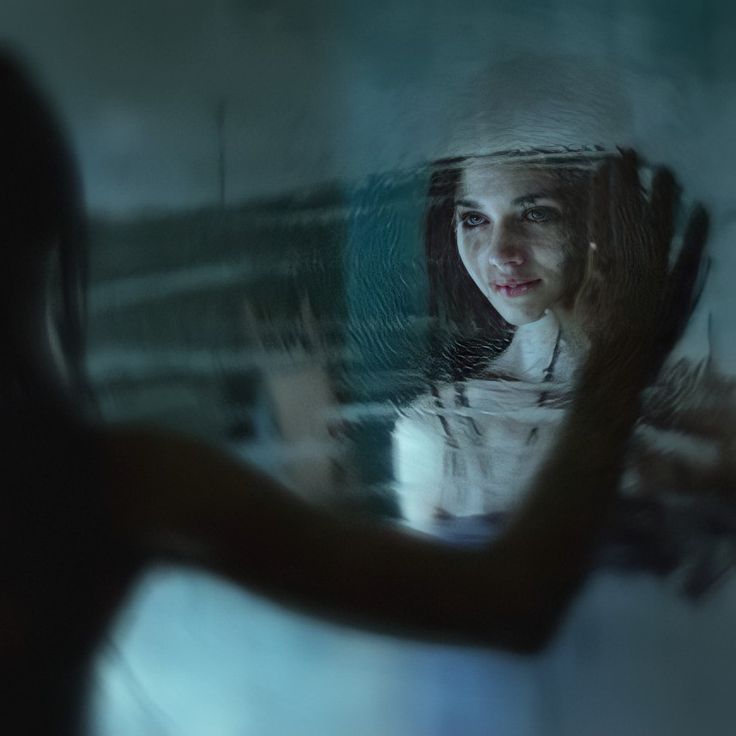Photos and Their Sinister Truth
January 13, 2023
Social media is about introducing yourself in a variety of photos that express things that no drawing can mimic. However, you might suddenly realize that one photo of yourself looks worse than the other, but why is this?
Photos vs. Reality
But then again, how do photos represent how a person looks like? Elio Gioni, another 10th grader, elaborates, “I believe anyone can act or pretend to be something else that they’re really not.” Just as how you can visualize something by photos, they can be used in negative ways, one of them being the growth of the Internet and how it has made such things worse. This is a problem because when the internet became a thing, it became more and more popular to show other people who you are by showing a picture of yourself.
Most people will usually post a picture of themselves and have it as a profile picture, but others can use this in ways that can lead to personal grief. For example, using someone else’s photo and pretending to be them, this trend grew as many people as possible, especially children, are influenced by these actions.
Even if you aren’t faking another identity, taking a picture of yourself isn’t always accurate since it distorts your face in a way that changes how you look. For example, taking face photos with short lens cameras and up-close results in the whole face, can appear wider and longer than in real life. Would this be the same with mirrors?
The Rule with Mirrors
Sophomore Vanessa E. says, “A mirror reflects yourself while phones are pixeled, so I prefer a mirror since phones distort your face.” Overall, the rule of reflection drastically makes a mirror different from a photo. But on the other hand, photos aren’t always accurate because of distortion and because of poor lighting.
Since a photo is paused on a certain time frame, seeing that one photo doesn’t fully reflect the way that person looks like in real time. Knowing this, each photo you take of yourself will not always be the same as the last photo you took depending on the angle, lighting or any minor details that are present in that photo.
Digital Cameras vs. Smartphones
A digital camera is like a smartphone camera, but more directed towards photos. Moreover, digital cameras have major advantages compared to smartphones. One of them being how they are more reliable in travel. According to Armando Amaya, an 11th grader, “They are a great tool to have during your travels because of how reliable the battery is and how cheap they are.”
Digital cameras are also known to have massive storage space for photos for a cheaper price than an expensive smartphone with limited storage.
Digital cameras and smartphones have their advantages and disadvantages, but what gives better representation? According to Director of Human Resources, Loaidyn Bolado, “It depends on the quality of the digital camera versus the quality of the smartphone.”
Each digital and smartphone camera have differences even if they are the same thing. For example, an old digital camera can have worse quality than a modern smartphone camera, while the opposite can also be true.
But modern digital cameras give better manual control of settings like shutter and aperture. This is how such beautiful pictures are taken by many professionals.
For Generations to Come
The purpose of photos is to document moments in time that can be shared visually. Felix Llanes, a 10th grader, said, “Photos are a traditional way to keep memories and to have a overall view of the world in different ways.” Photos capture meaningful moments that can be valuable to people. Secondly, being ableto visually see something that happened in the past can remind you of those moments and actions one has taken.
Having this in mind, photos are important not only to capture a certain moment of time, but also to be able to preserve it for generations to come.
Interesting Photography Facts
- The word “Photography” comes from the Greek, meaning to draw with light.
- The first photograph ever taken was by a French scientist named Joseph Nicéphore Niépce. He captured the image with a camera obscura in 1826.
- Some of the most popular subjects of photography in the 1800s were corpses. Many famous individuals were famously photographed after their deaths.
- The first digital camera was invented all the way back in 1975 by Steve Sasson, who was working for Kodak at the time and was ordered to keep the invention a secret.
Source: https://www.photoion.co.uk/blog/interesting-photography-facts/





